Often when we plan out our goals, we think in year-long chunks of time, either personal goals in January or academic goals in August. If you’ve ever done this, perhaps you’ve noticed that it’s really difficult to keep those goals. A cycle I’m familiar with goes like this:
- Commit to a huge life-overhaul, personal transformation sort of goal for the year.
- Go for it gung-ho for two or three weeks in January.
- Burn out in February.
- Forget about it in March.
- Remember and try again in April.
- Be hit-or-miss in May.
- Get distracted in June.
- Remember again in August and try hard.
- Have too many other things on my plate in September.
- Remember in late October.
- Feel like it’s too late now.
- Give up until January.
This year, I’ve found an way to avoid this cycle, to keep motivated, and to have goals while remaining flexible.
Intervals.
Interval, noun
- an intervening time or space
- a pause; a break in activity
- a space between two things; a gap.
Intervals have two components: a period of focused, intense activity and a pause or space between the bursts. The applications for intervals are broad, and usually not applied to planning or goal setting.
Interval Exercise
When I’m trying to lose weight and get back into shape after having a baby, I turn to the couch-to-5k program. It’s an easy way to do interval training, which gives you the greatest results for the least amount of work. The idea behind intervals is that you work at your highest capacity, giving all you got, for a very short amount of time. Then you have a recovery period. You alternate periods of intense effort and recovery. When you exercise this way, you boost your metabolism and achieve longer afterburn than with any other method.
Interval Programming
Programmers and others in high-tech companies have started implementing this concept in their work environment. They call the intervals “sprints,” and it’s known as Agile Development. The idea instead of spending a huge amount of time and money on upfront engineering-like design of software and continual documentation along the way, they roll out software that meets the requirements as soon as possible, then debug and add features in short sprints – sending out a new version each sprint to keep the software in continual improvement. At the end of every sprint, they also evaluate how they did, where they’re going, and how they can improve not only the software, but also their processes.
Interval Planning
After exercising in intervals and talking to my husband about how his company implements Agile methods, I started wondering if there was a foundational principle I could apply in other areas of my life. I have often heard it said that life is a marathon, not a sprint, but how does one train for a marathon? Through sprints and rests. Even within a marathon (hypothetically for myself), runners will run faster for periods of time and then take a “break” by slowing their speed to catch their breath and build up stamina for another burst.
So why not apply those same principles to how we plan and work out our plans? Interval planning to the rescue.
Learn how to make an interval plan
In this series, which will run on Fridays through May, I’ll talk about each of these components of an interval plan.
Making the Interval Plan
The pieces that go into an interval plan.
Use the theory behind interval training to maximize your planning effectiveness. Just as runners train and gain strength and endurance by running in short, intense bursts and then going at a slower pace for awhile, so we can follow the same pattern in our day-to-day lives.
Breaking up your year into intervals, with rest periods in between, is a great way to keep your head wrapped around what you have to do and also keep up your energy as you do them. Planning for a space of time that is long enough to complete a small project or at least accomplish milestones in a large project helps you retain focus and the benefits of deadlines and end-of-season pushes that usually only happen at the end of school years, fiscal years, or calendar years. You never get to slump into the “I have plenty of time” mentality as is so easy come February for those annual goals.
What are the components of planning with interval training?
For my own interval plans, I write out (or type out in Evernote, actually) the dates my interval spans. Then I list 3 projects for that term. That’s not three per role or responsibility, but three total. An event such as a birthday party or church fundraiser is a project. If I try to do more than three projects in the midst of keeping up with everyday life, then my energy and focus will be too diffused and I will be ineffective.
Underneath each project heading, then, I start listing out what needs to happen to complete the project. I try to break it down into small steps so I can get momentum in the day to day and not spin my wheels with vague and nebulous goals. This is interval training because the more we think and act in these manageable periods, the better we get at executing our plans.
In addition to the two or three projects per term, I also allow myself to list up to 5 smaller tasks to accomplish.
One very effective part of my interval plan is to choose one habit to really focus on for the entire six week period. Small daily habits are the real key to change and to momentum in life. We all run on habit whether or not we’ve intentionally chosen those habits; interval planning allows you the space to really work on cultivating the habits you want and replacing the habits you don’t want.
So my interval plan has three parts:
- 2-3 projects
- up to 5 small tasks
- 1-3 habits
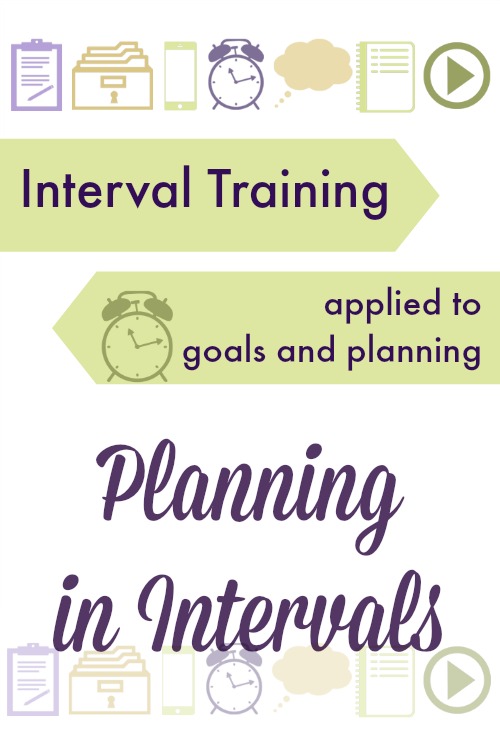
How long should an interval be?
You should determine the best way to break up your year. Because we homeschool on a six-week on and one-week off schedule, using that same timetable for planning makes sense for us. Just as this “sabbath model” saves my sanity (and the state of my house) in our homeschool, so it increases my effectiveness and maintains my energy in my other projects and my life as a whole.
If your calendar is broken up into natural chunks already, then that’s the best format to use across your life. In general, breaking it up into 6-12 week segments is the best plan. Six weeks is longer than a month – you can have enough lead time to get a big project or event both begun and finished. A month seems like a natural segment, but it really isn’t long enough to get real traction going. However, if you make your interval longer than 12 weeks, you begin to suffer from the feeling that you have plenty of time and lose the sense of urgency and motivation to push. It’s the difference between running 3 minutes or 20 minutes. You can go all out for three minutes because you can spot the end point and you know you will have a chance to recover. Twenty minutes, however, feels like an eternity and it’s hard to keep up your pace.
How does planning in intervals work?
The steps to setting up, planning, and implementing an interval training plan are simple:
- Decide on the length of your intervals. Make sure you include a rest week between your intervals.
- During the rest week before your interval, list 2-3 projects to complete, up to 5 small tasks to do, and 1 habit you want to solidify.
- During your weekly review or weekly preparation time (more on that in coming weeks), look at your interval and make an action plan for the week on what steps you will take to get you nearer your goals. Write out your habit each day on your daily index card plan.
- After your interval is over, assess your plan and your progress and take a sustained break (more on that later, as well).
Deadlines motivate, and intervals are a way to consistently bring deadlines to bear, increasing our self-discipline and effectiveness in the things that matter to us.
Determining your rest period.
Never skip the rest and evaluate period of your interval. It is truly vital.
Breaking up your year into intervals is a simple way to sharpen your focus and stay engaged with projects and the things that need to be done to keep life at home rolling along. Instead of looking ahead over an entire year and making goals, try looking only at the next six weeks. What has to happen in the next six weeks? That’s a lot more clear usually.
The truth is, you don’t know what your life will be like in another 12 months, or even 6. Especially if you are still in the phase where your family is young and growing, you might not know if you’ll be pregnant, what the toddler’s nap routine will be like, and a million other variables. Instead of trying to control the details and plan out your life for an entire year (or more!), look at the next 6 weeks and determine what is most important in the phase that you are actually in right now rather than where you hope to be in the future. Faithfulness happens in the now, not the future, and God works with us where we are, not where we should be or want to be.
So embrace the now and work with it. Live it. And know that you’ll be able to handle the unpredictability of life by applying faithfulness and obedience as you go along.
This short-term focus also allows for bursts of energy and for slower periods of recovery. Setting aside time for rest and recuperation and a slower pace is a key practice for avoiding burnout, for maintaining your engagement with the present, and for sustaining an intentional approach to life. We weren’t made to just keep going and going and going at a frantic, perpetual clip. We were made in God’s image, and God set the pattern for us in working and resting. The rest is just as important a time as the work itself.
Why rest?
Resting times are woven into the fabric of creation, the way the world works, since the Creation, when God set the pattern by resting on the seventh day. In the same way, we are blessed, refreshed, and revived when we rest in the pattern and manner God has shown us. This is real, and we can see it in several aspects of The Way Things Are.
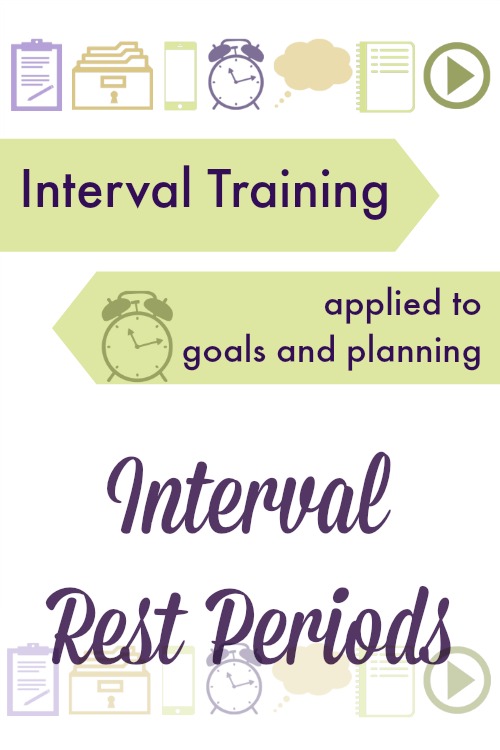
Interval training for running includes mandatory rest time. The muscles require a down day after such intensity, not only to heal, but to grow and become stronger. Running the intervals is the necessary work, but the progress really happens in the empty spaces between the runs. In the same way, taking time to recover after a sprint of activity is for more than recuperation, it allows time and space for creativity, connections, and synergy to happen. With this pattern, life is not all go-go-go, crowding out opportunities and time for blossoming bonds and ideas. Recovery time is about allowing time for growth to happen.
Just as observing the Sabbath, not striving to get ahead one day a week, is a way of demonstrating and embodying trust that God is the one taking care of us, our business, and the world, so taking a sabbath week break regularly is a way to live out trust in providential care. It’s not that we get time to be lazy, but that we slow down, recognize what is really real and truly true, and operate in a mode of receiving rather than grasping.
Having a week lived at a different pace, in a different mode of mind, allows the mind to open up and see connections and get inspirations that wouldn’t be possible if it’s always wrapped up in catching up and getting ahead. Recovery time is about allowing time for growth without getting pushy and demanding
But, recovery time is also a time for recovery. It’s a time to catch up on the laundry that got out of hand while we focused on a goal. It’s a time to get the closet that’s bothering us dealt with. It’s a time to deal with the papers that stacked up. It’s a time to call and make those appointments that never fit into the average week. A rest week is a way to leave margin in your life.
The recovery week between intervals is also a great time for refocusing on intentions, visions, goals, habits, and your progress. Allowing some calm, quiet space in your life fosters clarity and inspiration for what the next thing to focus on might be. The rest week is a time to do extra review and planning and gear up for another sprint. With this model you don’t cycle from franticness to exhaustion to burnout to apathy and back. Rather, you have space allotted for kicking into high gear and space allotted for roominess and peace. You get the motivation of deadlines without the exhausted feeling of running a marathon uphill.
Operating on an interval plan and taking periodic and regular rest weeks gives you short-term focus, prevents burnout, and helps you pace yourself as life happens.
Executing the interval plan.
Getting it done.
Leverage the interval training technique in your personal life by setting up your calendar in intervals and planning goals accordingly. Planning and executing in short-term bursts is a great way to keep laser focus and high energy. By always keeping short deadlines and tackling manageable chunks, you can avoid overwhelm and procrastination.
Make the Interval Plan
The components of an interval plan are highly individual; always assess and tweak as you go to make it fit your own needs.
The way I do it is to pick
- 1 habit to practice daily during my interval
- 2-3 projects to complete (or pieces of larger projects)
- 5 small tasks that would help me out to get done, but that I would otherwise procrastinate
As you make your plan, look at your calendar and the season and be realistic. It’s really easy to leave out projects you’re committed to because you aren’t counting them as projects. Don’t “assume” projects – they all have to be on the plan. Even kids’ birthdays have to be accounted for (or anything that requires gift buying), at least on the tasks list if not the project list.
If it must happen this interval, then it must be on your list.
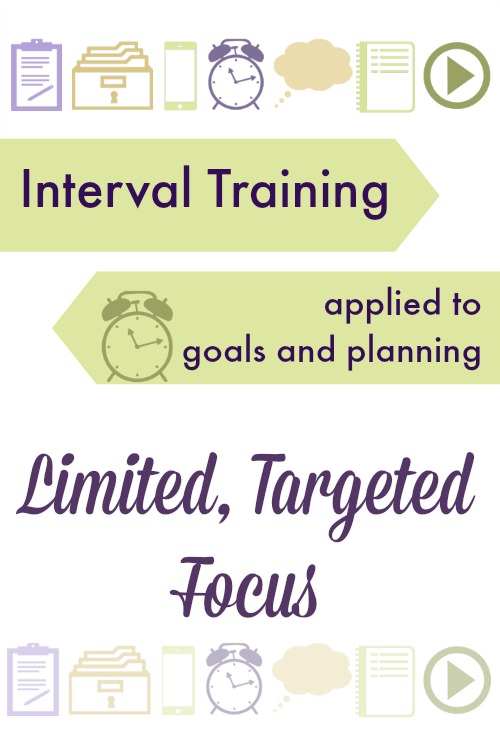
Populating the interval plan
After you figure out what types of things go on your interval plan, it’s time to plan for an actual interval.
How will you keep track? With an index card? Notebook? Planner? Evernote?
Then write out that plan.
Reviewing the interval plan
It turns out that lists don’t do much good if you don’t look at them.
So at the beginning of each week, you have to look at your interval plan and determine what your goals are for the week. How can you move forward on that plan to bring it to completion? That is your weekly plan: The steps you will take to work toward finishing your interval goals.
Then every morning you need to look at your interval plan and your weekly plan to keep those goals fresh in your mind. Your mind works on things subconsciously, so just rereading it daily (or at the beginning and ending of each day) will help you as you move forward. Then make your daily plan based on what has to be done that day as well as what steps you will take to complete tasks on your weekly plan.
Remember to cross things off all three lists as you go!
Review is Key
It turns out that lists don’t do much good if you don’t look at them. #simplifiedorganization
How to Maintain Focus
These five practices will keep your focus sharp and your mind on the goals you’ve set:
- Don’t skip the review step. You have to look at the lists for them to do you any good.
- Remember to rest daily (adequate sleep), weekly (a day off work and the productivity mindset – a real vacation day), and between intervals.
- Practice ubiquitous capture.
- Limit your inputs & the decisions you need to make. Routine helps eliminate decision fatigue. Also, the interval plan limits your attention to those areas and projects only. You can’t tackle everything at once, and knowing what you’re working on now helps you avoid feeling scattered and panicked.
- Include your motivation in the plan for daily review. Why are you working on these goals? If you also remind yourself daily why you’re doing what you’re doing, your energy and focus will remain clear and sharp.
What tips do you have for maintaining focus on your goals as you work toward them?
Assessing progress between intervals.
What to do during your rest period.
The problem with much of the productivity and planning advice out there is that it begins with a vision for a 5-year outcome. When we as mothers at home try to do that, we are rather at a loss. We might not even know how many children we’ll have in 5 years. If your oldest is 5, you’re not likely to accurately foresee what it’s like to have a 10 year old – and the same is true if your oldest is 10 and you’re trying to predict 15.
We have to put one foot in front of the other where we are, and not get too wrapped up in predictions and visions. We should have a general direction, but we don’t know how that will play out.
Rather than try to shoot for some 5-year outcome, we should have a general purpose and direction (this comes by knowing your vocations) and then make a short-term plan.
Make a plan that is only 6-12 weeks in breadth. We can work toward ends in a chunk that small. The ends might not be as exciting as a grand 5-year vision, but that’s because it’s actually realistic – looking at that shorter amount of time allows you to make smart and meaningful choices about what’s best to do next.
Interval
I call this interval planning because I was inspired to begin planning this way while I was working through the Couch to 5K program – an interval training program that moves you from running only 1 minute at a time to running 30 minutes straight in 9 weeks.
While I was trying to get into shape, I was also trying to get my home into shape. What can I say? It was the “My baby is nearly a year old and I really need to get my act together” phase. Been there? I’ve been there 5 times.
As I was huffing and puffing up the sidewalk one day, I connected the dots between a programmer-productivity model my husband’s company uses (Scrum or Agile Development), my 6-week school terms, and interval running.
When we do school for 6 weeks at a time and then take a week off, I get the extra push to finish out the plan when I feel like throwing in the towel on week 4’s Thursday. I have a break week to look forward to, and I have time reserved to tweak the plan and clean things up. Programmers love Agile Development because they are rolling out frequent iterations, working with the current situation, program, and requirements rather than assuming the tech and needs will be the same 5 years down the road when a “complete” product might be feasible. And in interval training, you slowly build up stamina by going all out for a short time, then resting, then pushing again, then resting.
Intervals are the key to a mindset shift that allows us to move forward our goals in bite-size, reasonable iterations rather than waiting for the stars to align or for our motivation to gin itself up.
Plan
I am sure we’ve all been there before. We make a grand plan and then life gets in the way and we’re left floundering and flying by the seat of our pants anyway.
It’s an easy next step to say that because that happens so often, planning is a waste of time and an exercise in futility.
But it’s not true.
One military saying is “No plan survives first contact with the enemy.” But it’s easier to roll with the punches life throws when we have a plan to deviate from and adapt than if we’re aimless and clueless.
Even when plans don’t play out the way we expected, having a plan guides us when it’s only our own mental energy hindering progress and motivation. A plan also reminds us of that direction we’re trying to move toward.
The process of planning itself is useful to us. The fact that we have a plan is indicative that we’ve thought through where we want to go and how we will get there. That thinking-through and writing-down informs our intuitive choices we make when we adapt and flex to meet life as it happens.
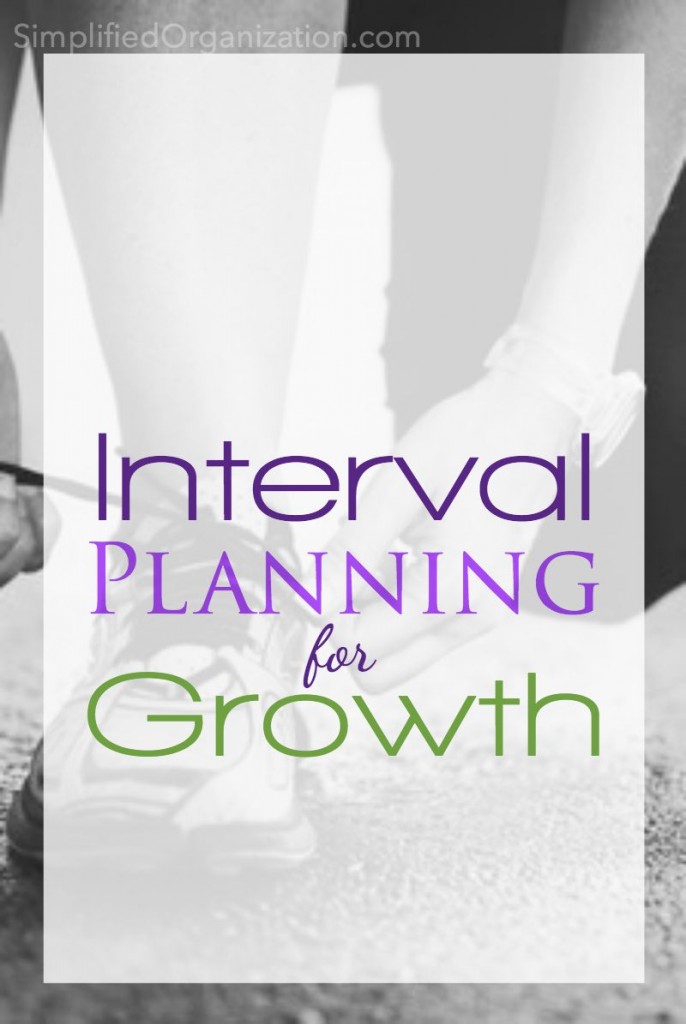
Growth
If you’ve had a baby or two, you’ve experienced the ups and downs of energies and abilities. Sometimes we’re on top of things, cruising along, and sometimes we just can’t get up off the couch.
Those ups and downs are a normal and to-be-expected part of mothering. There is a time to get back on the horse, and we’re probably going to fall off again at some point. It’s ok. We’ll be better at getting back on next time because we’re practiced at it.
However, we do need to watch for that time when we’re supposed to find our groove again. It won’t happen automatically. It’s something we do, not something done to us. Just like the house suffers from entropy – things will only get worse the longer they’re left – so our own energies and abilities will also suffer from entropy if we aren’t paying attention and cultivating them.
We can grow and develop and mature and become better at fulfilling our duties, but it will take time and effort.
Interval Planning for Growth
What kind of time and effort works, though? How do we go about it?
That was my interval-running aha moment.
We go about growing our capacity the same way we grow our muscles. We push our muscles a little beyond what’s comfortable for a time, but then take a rest to recover. We don’t keep always on, always pushing. The recovery period is actually the time the growth happens.
This transfers over to interval planning and our execution abilities by pushing ourselves to accomplish a little more than seems comfortable, a little beyond what is easy and natural, but alternate those times with intervals that are under-planned and more relaxed, and also by taking a rest week between intervals so we have time built in to regain our perspective and think through things again from the vantage we’ve gained.
Working interval plans is how we grow in our ability to both make good goals and achieve them.
Breaking up your year into intervals, with rest periods in between, is a great way to keep your head wrapped around what you have to do and also keep up your energy as you do them.
Get this handy template for figuring out your own time budget.
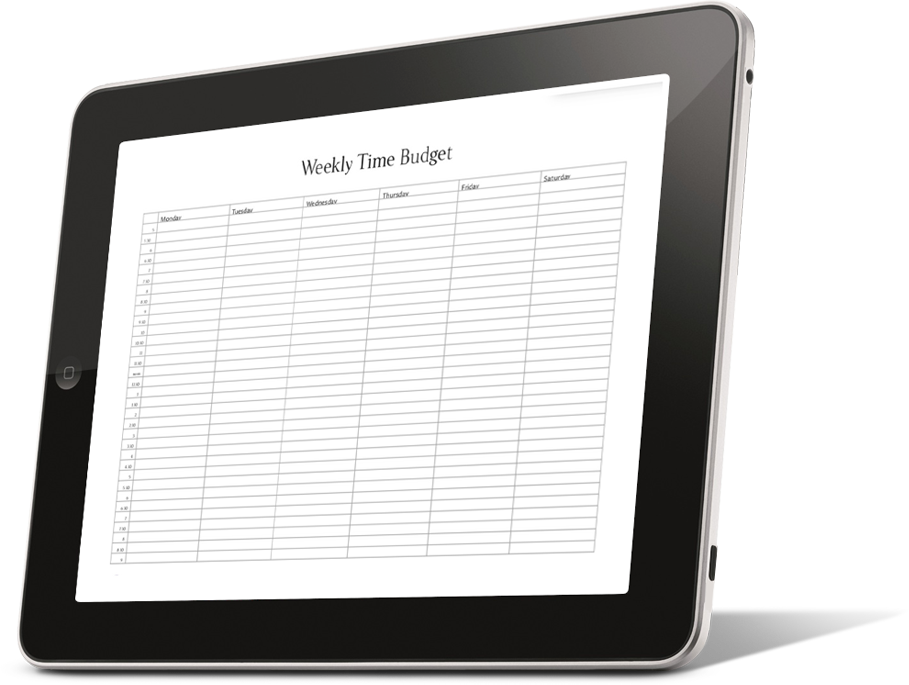

very much looking forward to this series!
peace keep you.
So glad to have found your blog! This series will be very helpful for me. Thanks!